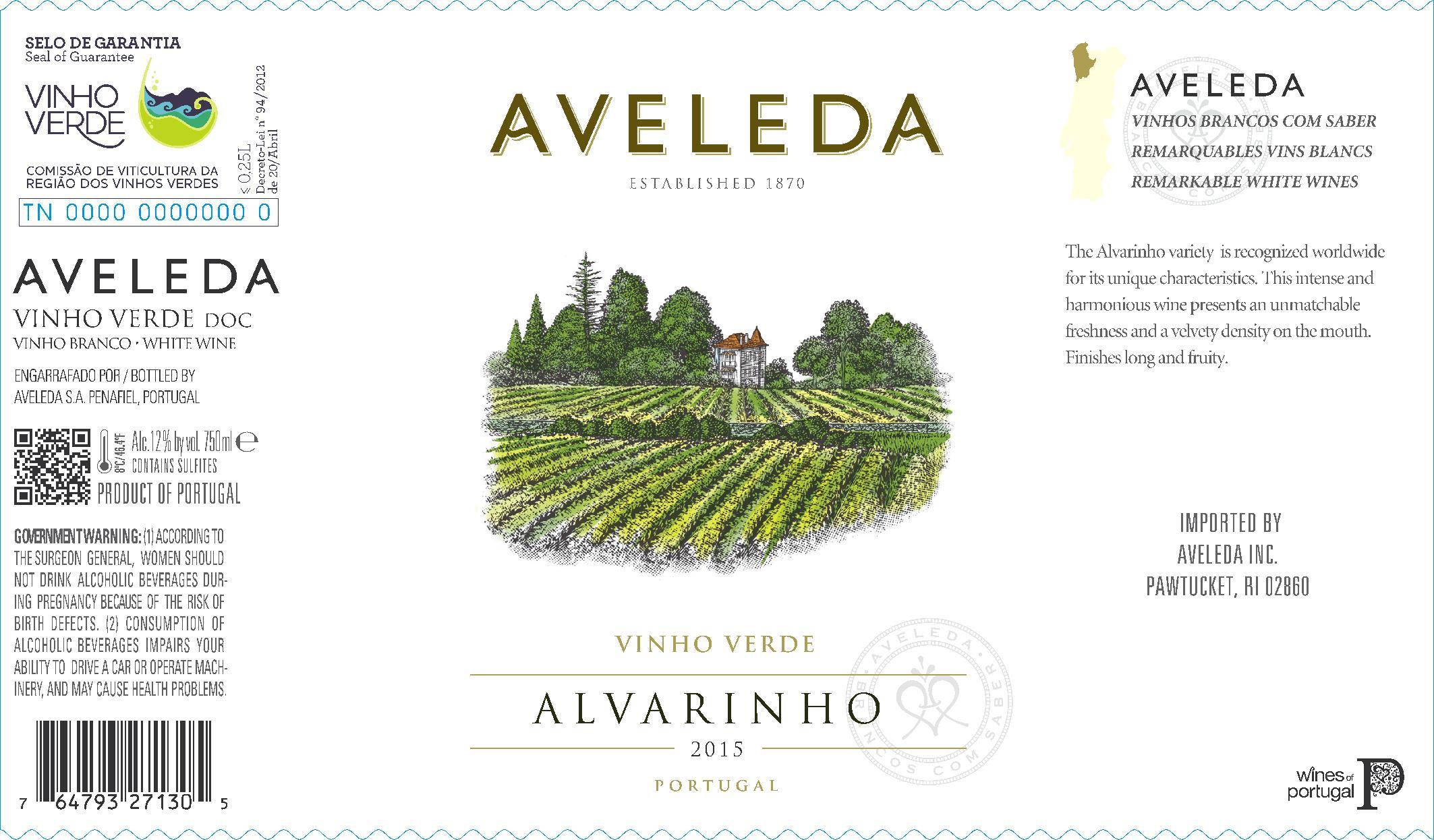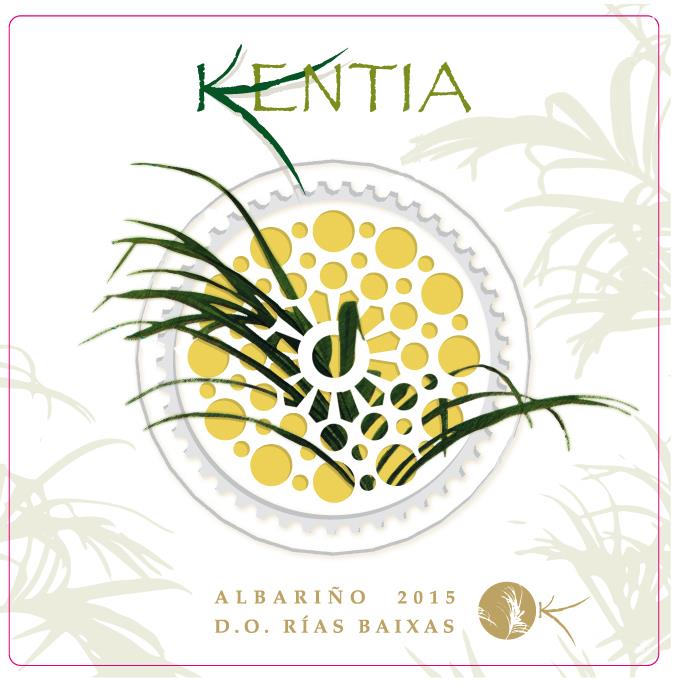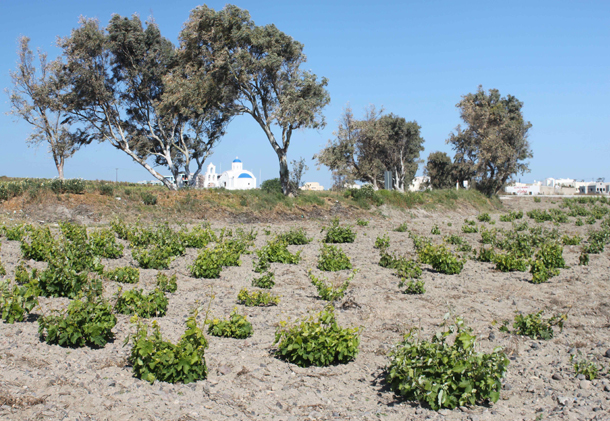If It Grows Together, It Goes Together: South Africa Edition
Long, long ago, in a time period seemingly far, far away, The Greatest Wife In The World arranged wine dinners with her friends from college, accompanied by husbands. It was a great reason to get together when our busy lives took us in so many directions. The common link among us all was a love of food and beverage, as well as open-minded exploration of our tastes and preferences.
The group would agree on a winemaking region anywhere in the world to showcase. The host site would prepare the main course based on the cuisine of this chosen region, while the other couples brought an appetizer and a dessert. My job, no matter who hosted, was to choose wines to pair with each course and present them. This was great for me as I was just diving into wine school, and our friends were able to help me study through practical application...all of whom were very happy to oblige.
So one day we got adventurous, testing our culinary and sensory limits with a South African-themed wine dinner. Now, we were all good-to-great home cooks, but we have never taken a dive into a culture as distinct as South Africa when it comes to food and wine. A fun challenge was upon us!
Also note that The Greatest Wife In The World and I had a not-so-awesome experience with South African wine the first time we tried it. Back in the early 2000s, South African wines were not widely available, and quality levels were all over the map. I can't remember for the life of me who the producer was, but we picked out a wine made from the Pinotage grape, a red crossing of the Burgundian Pinot Noir with the Rhône variety Cinsault (known as "Hermitage" in South Africa).
(Editor's Note: Educational tangent coming up, just in case you need a quick and dirty overview of the Pinotage grape variety.)
The creator of Pinotage, Prof. Abraham Perold
In 1925, Professor Abraham Perold came up with the idea of this crossing to help Pinot Noir thrive in South Africa as well as Cinsault already did. Early versions of this wine, including the one we tasted about 15 years ago, often smelled of nail polish remover and bananas; ours actually tasted like bacon-flavored Band-Aids with no fruit whatsoever. It was one of the few wines I ever poured down the drain. When we did this wine dinner circa 2010, we knew the signature variety of Pinotage had to be included. Maybe it would be different this time around. Besides, are we really going to let one rough experience prevent us from trying it again?
I chose a bottle of Southern Right Pinotage from Hamilton Russell Vineyards to go with our main course; our hosts prepared spiced grilled lamb skewers with a side of South African yellow rice with raisins. I had been given some encouraging data that this was going to be much better than what I tasted several years prior. Pinotage is just going to be an unusual wine that will be polarizing for a crowd. I was able to taste some berry fruit, but I still noticed the somewhat aggressive acidity and tannin when sipping it on its own after opening the bottle. Others in the group enjoyed that structural sensation, while the remainder (including The Greatest Wife In The World) did not really care for it.
South African yellow rice: a key to unlocking the fruitiness of Pinotage. A match made in heaven with the Southern Right Pinotage (below). A solid recipe can be found here if you want to give it a shot! Image credit: Allrecipes.com
When the love of my life excused herself from the table to change our son's diaper, she returned to hear a chorus of oohs and aahs from all of us. We all informed her that she had to try the Pinotage with the food. She thought we were all messing with her, trying to get her to drink a wine she wasn't too pleased with. However, after a little nudging she gave it a shot with the lamb and the rice...and she was in agreement with the crowd.
This experience could not have been a better lesson when it comes to food and wine pairing; if the wine grapes and the food grow together, chances are they will go together at the dinner table. The Pinotage's acrid aspects (more prominent for some than others) dissipated and the wine was bursting with raspberries, cranberries, pomegranates, and just about any other red fruit you could name, along with wild herbs. Of particular note, the yellow rice (made with turmeric, ginger, a little sugar, and raisins) brought out a range of spices in the wine along with the red fruits. The gamey, wild flavors of lamb were tamed a little when wine was consumed along with it; I remember noticing a pronounced cardamom spice. It was stunning.
Intense, exotic, pungent aromas and flavors in food need wines with a lot of character. With South Africa possessing an enormous spectrum of spices in its cuisine, their wines are designed for just that, along with any smoky flavors developed from grilling your animal protein of choice. Aromas are frequently intense, fruit flavors are ripe, but not as opulent as many New World examples; there are other herbaceous, savory, and floral notes accompanying the fruit that give an Old World/European feel to the wines.
Here are three wines that will help you get to know South Africa a little more.
Tormentoso Chenin Blanc ($13): When I first opened this, the aromas made me think of a Loire Valley Chenin Blanc, with peaches, apricot, herbs, and earthy tones on the nose. On the palate, it was a different story. This was all tropical fruit (papaya, pineapple, and mango). The pineapple even tasted like it was candied!
Charles Back Fairview Pinotage ($15): If you ever need a way to get comfortable with the Pinotage grape, here is a good way to do it. The Southern Right we had at the dinner was delicious, but it pushes the $20 mark. For $5 less, Fairview gives you raspberry, fresh thyme, black pepper, and a slightly smoky finish. The tannins are gentler than what is typical of Pinotage in this expression. No bacon-flavored Band-Aids in this one, for certain!
Stark-Condé Stellenbosch Cabernet Sauvignon ($19): The Stellenbosch region of South Africa is similar to California's Napa Valley, where Bordeaux varieties rule the vineyards. It tastes like blackberries dipped in dark chocolate, with some English Breakfast tea and woody notes, backed up with just enough acidity to keep the wine balanced.



























































































